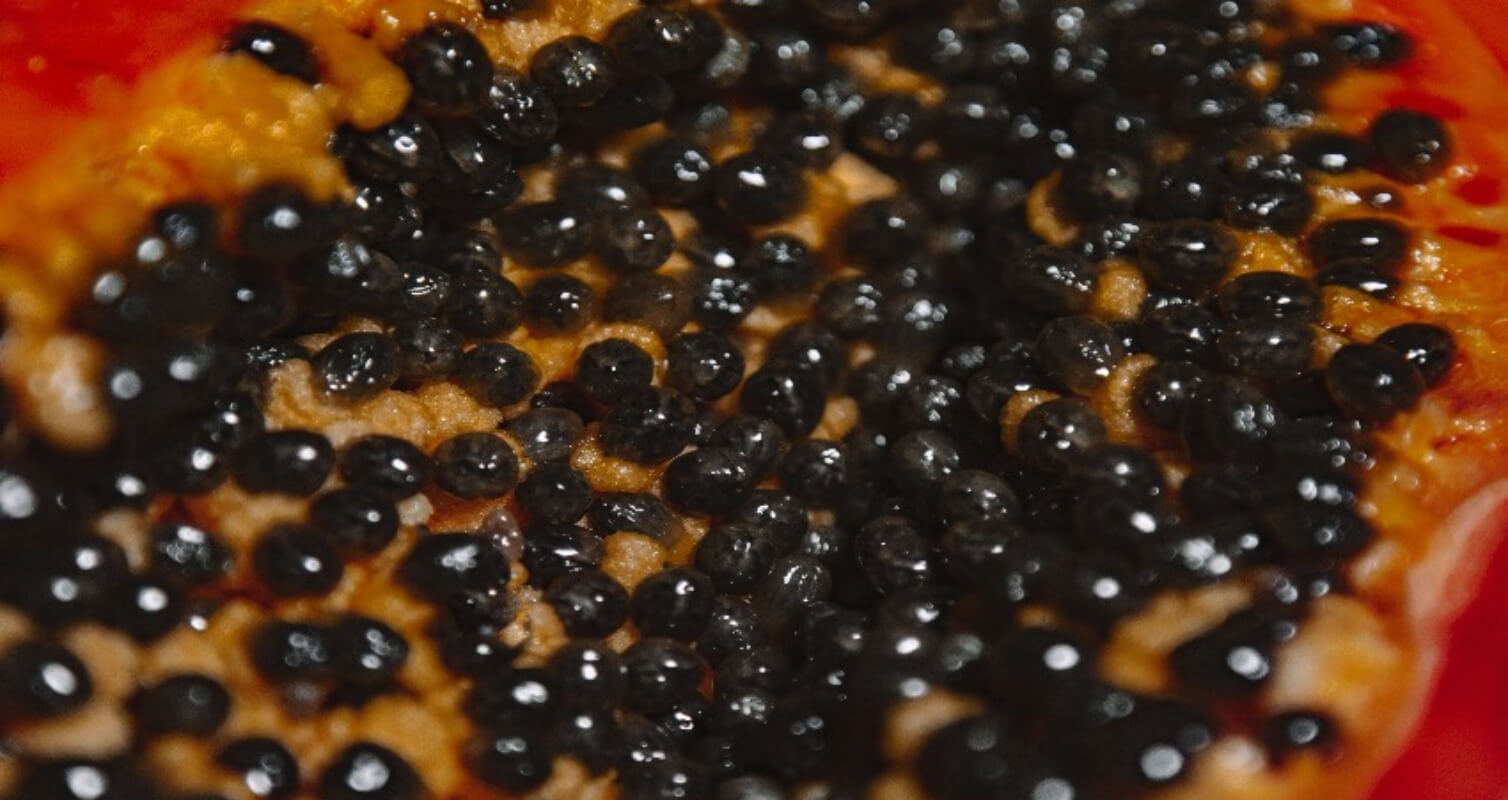The business, Beverly Hills Caviar, is owned by husband and wife team Kelly Stern and Brian Scheiner, who both come from long lines of Eastern European “caviar families.”
The idea of selling caviar from a vending machine may seem offbeat, but Stern says it’s a business model that works. While the machines definitely attract a curious audience, there are also caviar aficionados, including chefs, who come with their credit cards in hand.

“We actually patented the technology because it was so time-intensive and we needed so many engineers just to get it done right,” says Stern.
The machine has security measures with three cameras as the daily inventory adds up to around $50,000. Caviar emerges from the vending machine in a specially designed insulated box, which provides a window of about three hours to get it back in a fridge or onto your plate.
By the time you get home it’s usually just perfect and you can eat it, and it will be the tastiest thing you ever had.
Stern
Fun Facts about Caviar
- Caviar is made from fish eggs, in some cases called ‘roe’, and the finest, made from Sturgeon eggs comes in 4 main ranges: Beluga, Ossetra, Sterlet and Sevruga.
- Eggs from the Beluga Sturgeon are the largest and have a creamy flavor and vary in color from light to dark gray.
- The majority of Sturgeon eggs come from the seas around Russia and Iran, although recently the United States and China have actually begun farming their own Sturgeon fish to produce their own caviars.
- Professionals state the very best caviar originates from wild Sturgeon, both tasting and looking much better than roe from farmed fish. That stated, nevertheless, farmed caviar is ending up being more popular with consumers and chefs alike and generally costs less than the wild variety.
